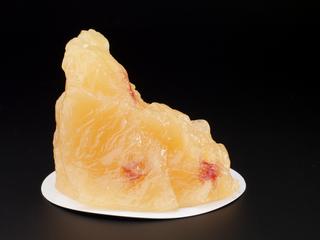
Roux-type hypodermic syringe, London, England, 1890-1910
Roux hypodermic syringe, for use with diphtheria antitoxin, glass and nickel-plated brass, cased, with accessories, by Oppenheimer, Son and Co., London, 1890-1910
This Roux-type syringe was used to give diphtheria antitoxin injections under the skin. Diphtheria can be dangerous as the bacteria that cause the disease release toxins into the body, triggering heart failure if not treated with an antitoxin. The antitoxin did not kill the bacteria, but significantly reduced its impact. It was the most effective way to deal with the disease prior to the development of a vaccine in 1913. Once a common and often fatal disease of childhood, vaccination programmes have now made the disease rare in the United Kingdom.
Manufactured by Oppenheimer, Son & Co Ltd, the hypodermic syringe is made from glass and metal and comes with its own case and rubber attachments.
Details
- Category:
- Public Health & Hygiene
- Collection:
- Sir Henry Wellcome's Museum Collection
- Object Number:
- A620592/4
- Materials:
- syringe, glass and syringe, brass (nickel-plated)
- type:
- hypodermic syringe




